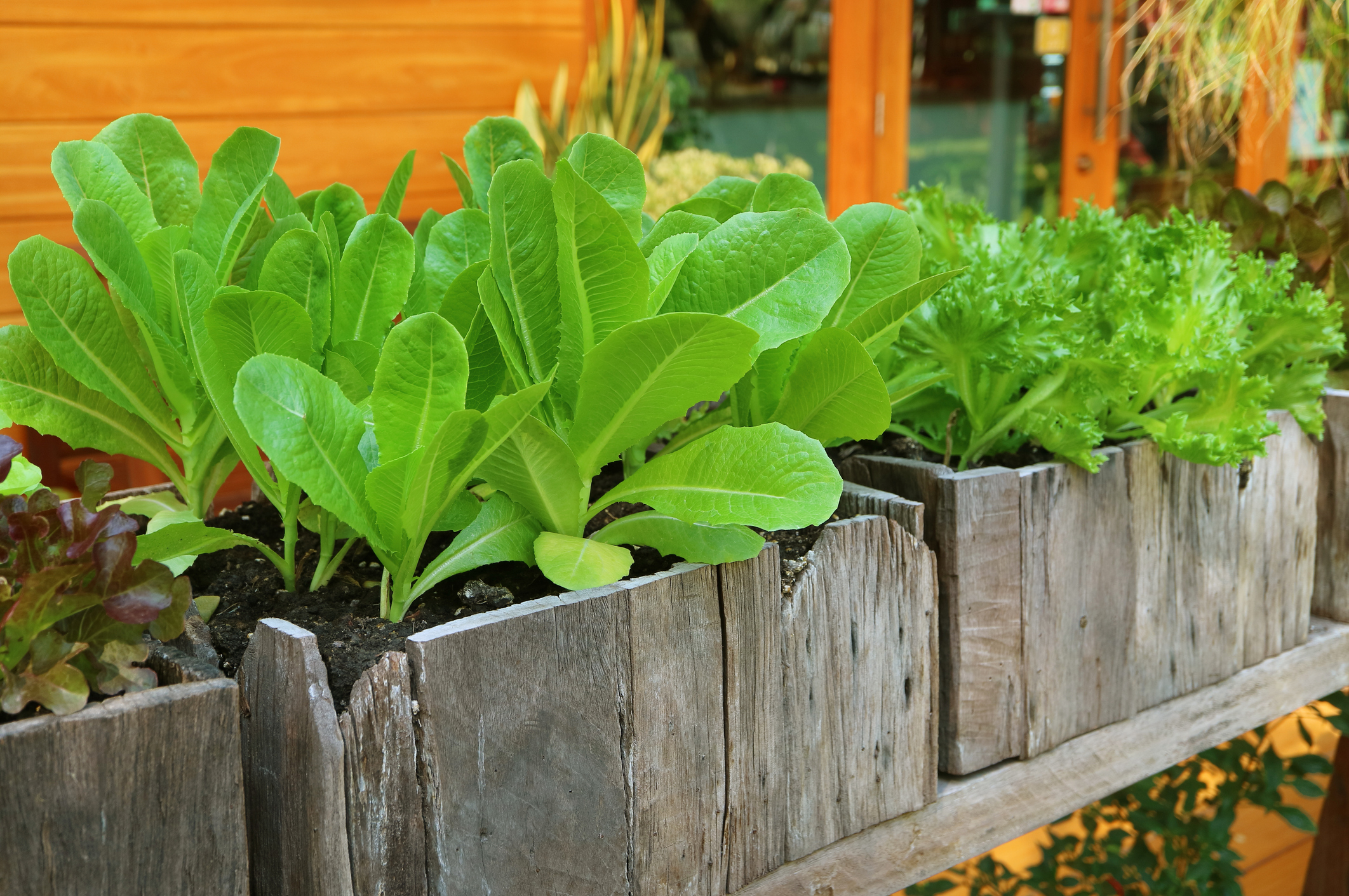By Adrian Korht
Memorial Day has come and gone, so it is time to garden in Fairbanks. For those with yards, it is time to get the soil ready and plant seeds or buy seedlings.
Many individuals have tiny or no yards, but anyone can garden. You can grow food on the patio, balcony or garden using containers. You would be surprised how much you can eat from a container or two. Container gardens are great for new gardeners or those with limited space and budgets.
There are many reasons container gardening could be right for you. You can grow plants anywhere: on a windowsill, balcony or indoors. You can have a container garden with a water source, adequate light and occasional food. Container gardens are much easier compared to in-ground gardens. They have fewer pests to fend off, no weeds, less soil disease, take less time and effort and are easier to fertilize and water in a small space. With container gardens, you get tasty, healthy, homegrown food.

The first thing you must consider is the location. You can get started if you have a space with adequate sunlight, such as a windowsill, patio or balcony. Ideally, the space you choose will get full sun for six to eight hours a day. Sunlight is necessary for fruiting plants like squash, tomatoes or peppers. Leafy greens like lettuce, spinach and herbs can thrive with three to five hours of sun daily. You also need to consider your water source. You can use a hose, but a watering can will work fine.
Pots and containers may be ceramic, terra cotta, plastic, wood, cement or metal. Consider cost, weight, durability and size. For example, plastic containers are inexpensive and lightweight but not very durable, whereas ceramic pots and terra cotta are pretty but breakable and can be pricey.
Reuse containers you already own or check thrift stores to keep costs down. You can also upcycle almost anything that can hold soil: wheelbarrow, wagon, bathtub, basket, bucket, hanging basket, window boxes, old boot — let your imagination soar!
Most vegetables need at least 12 inches of soil to grow well, but some, like tomatoes, need a 5- to 10-gallon pot. Make sure your container has a water drainage hole in the bottom. You can put something to collect drainage to protect the surface beneath the container.
Because it is too dense and heavy, using soil from the yard is not recommended. It also may be prone to disease and pests. Instead, use a potting mix specially formulated for use in containers. It is lightweight for better drainage and should be free of pests and diseases. Potting mix is readily available at garden centers and nurseries. It’s a good idea to mix fertilizer into your potting mix or add it on top just after planting. Then, feed your container plants with fertilizer at least a couple of times a month to add nutrients they may be missing.
The next thing to consider is what to grow. Planting from seed is less expensive but takes more time and care. You will want to start your seeds early to be ready to go outside at the end of May. Seedlings are easier because they already have a good start but cost more. Herbs like thyme, basil, sage and rosemary are easy to grow in containers. Leafy greens like lettuce and spinach grow well, too. Tomatoes grow well in larger containers, as do potatoes.
No matter how tight your space or how new you are to gardening, you can do this! Start with one pot and add more as you like. The beauty of container gardens is that you can keep them outside during the summer and bring them inside during the winter if you like. Happy gardening!
Adrian Kohrt is a family nutrition coordinator for Cooperative Extension Service, a part of the University of Alaska Fairbanks, working in cooperation with the U.S. Department of Agriculture. For questions, she can be contacted at amkohrt@alaska.edu or 907-474-7930.